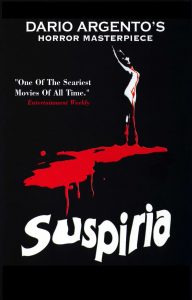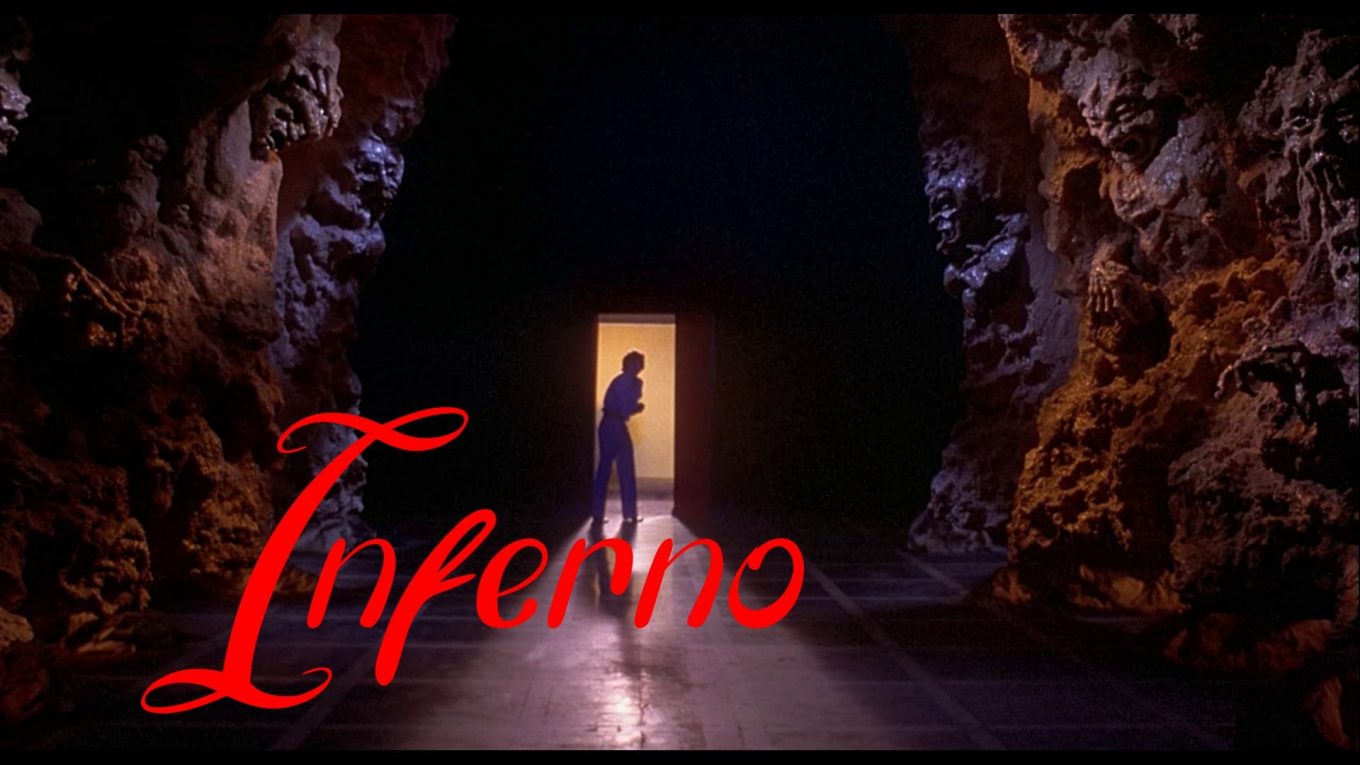Inferno (1980)
Dario Argento’s Inferno is a thought-provoking and visually stunning film that, while not perfect, remains a thrilling addition to the Suspiria franchise. The movie’s struggle to recapture the same energetic and mysterious feel of its predecessor, Suspiria, is evident from the opening moments, but as the story unfolds, it’s clear that Argento has crafted a unique experience that explores the darker corners of human nature.

Rose Elliot, an American poet living in a gloomy New York City apartment building, becomes convinced her residence is the home of Mater Tenebrarum, the Mother of Darkness and second of the Three Mothers witches, after reading an ancient book on the subject. Having researched Rose’s claims and being concerned for his sister, Mark travels to New York to find Rose, only to discover she has disappeared. Following cryptic clues, Mark descends into the building’s hidden depths where he finally encounters the monstrous Mater Tenebrarum herself and she doesn’t invite him in for tea and biscuits!
One of the standout aspects of Inferno is its visual presentation. The film’s palette is characterised by vibrant colours, which serve not only to create an atmosphere of dread but also to convey deeper themes and symbolism. From the eerie use of bright reds and oranges to depict the presence of supernatural force, Argento’s colour choices are deliberate and meaningful, adding layers of complexity to the narrative.
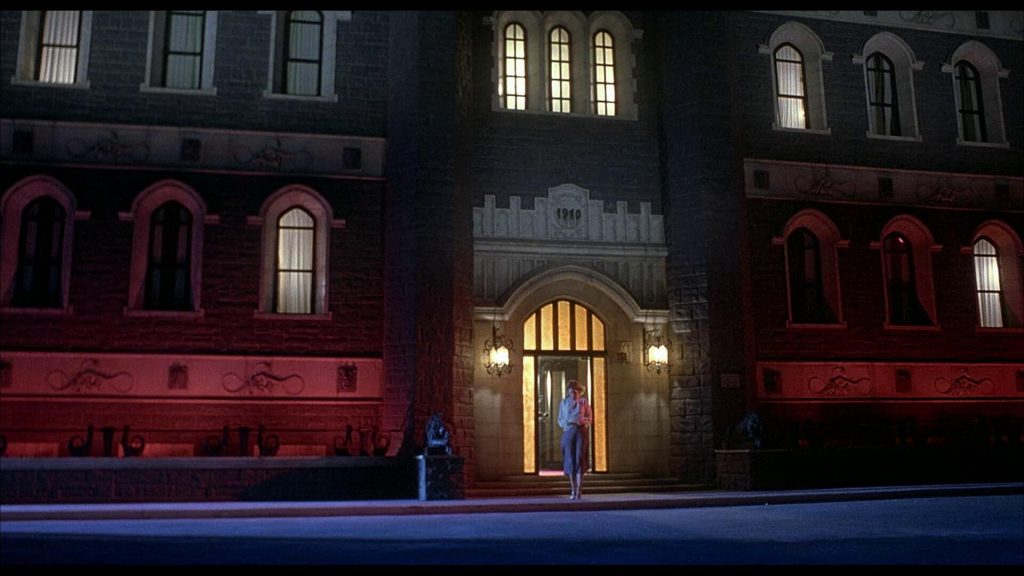


The cast is terrific and contributes to the film’s strong sense of style. However, despite these strengths, the film does not concern itself too much with character development or backstory. This lack of depth in characterization detracts from the overall impact of the story, making it feel more like a vehicle for Argento’s visuals and themes than a fully fleshed-out narrative.
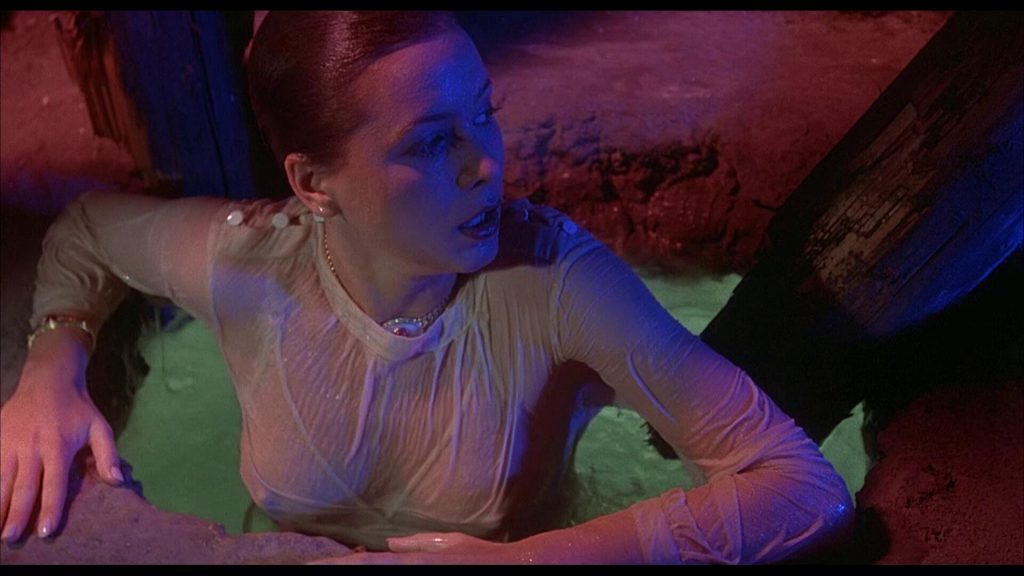

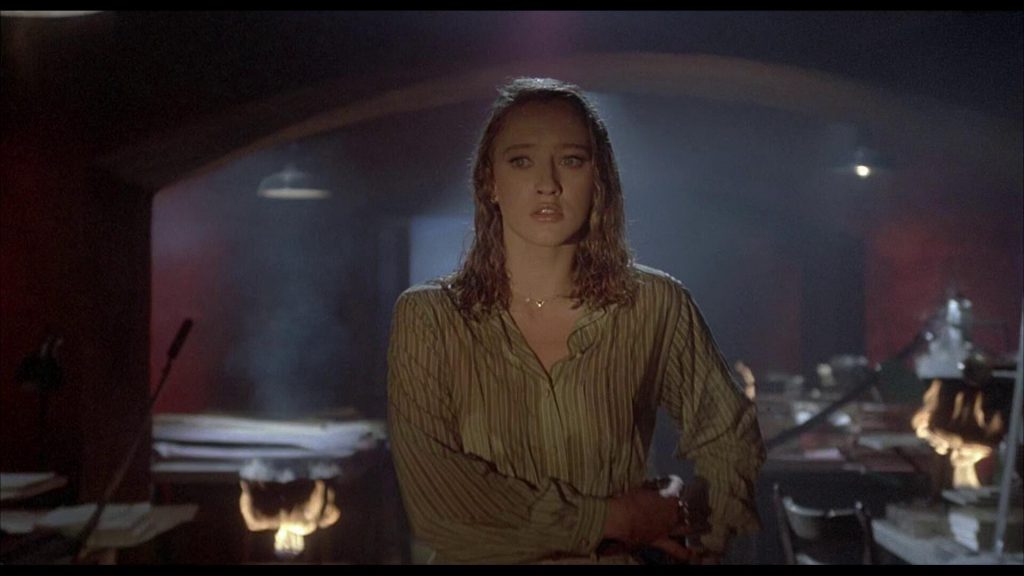
The film’s exploration of the Three Mothers legend is intriguing, but its treatment feels somewhat forgotten. Rather than serving as a full blooded part of the plot, this exposition feels like a convenient device to advance the story, rather than an integral element that propels the characters forward. This detachment from traditional narrative concerns makes Inferno feel like a slightly disjointed installment in the series.
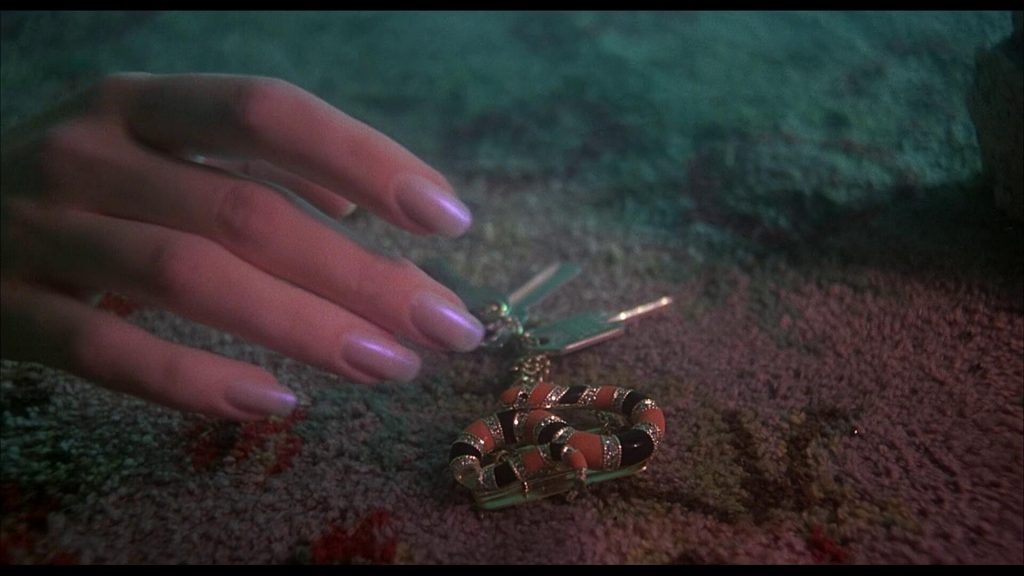
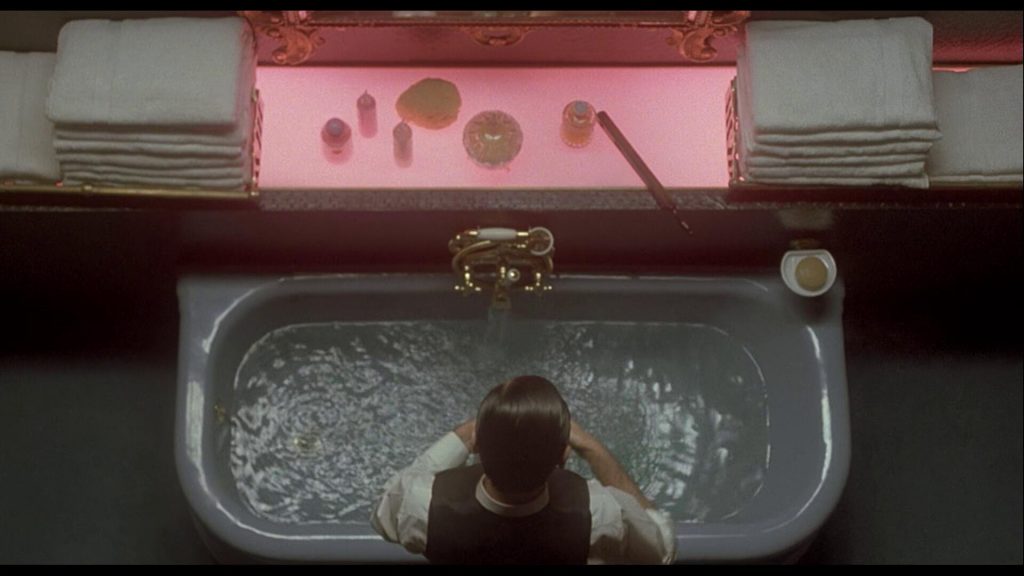

Despite these issues, Inferno remains a visually stunning film that is undeniably captivating. The movie’s beauty is its saving grace, transporting viewers to a world of eerie landscapes and nightmarish visions. While it may not surpass Suspiria as the superior film, it’s undoubtedly an excellent follow-up in the series, providing crucial insight into the mythology of the Three Mothers.
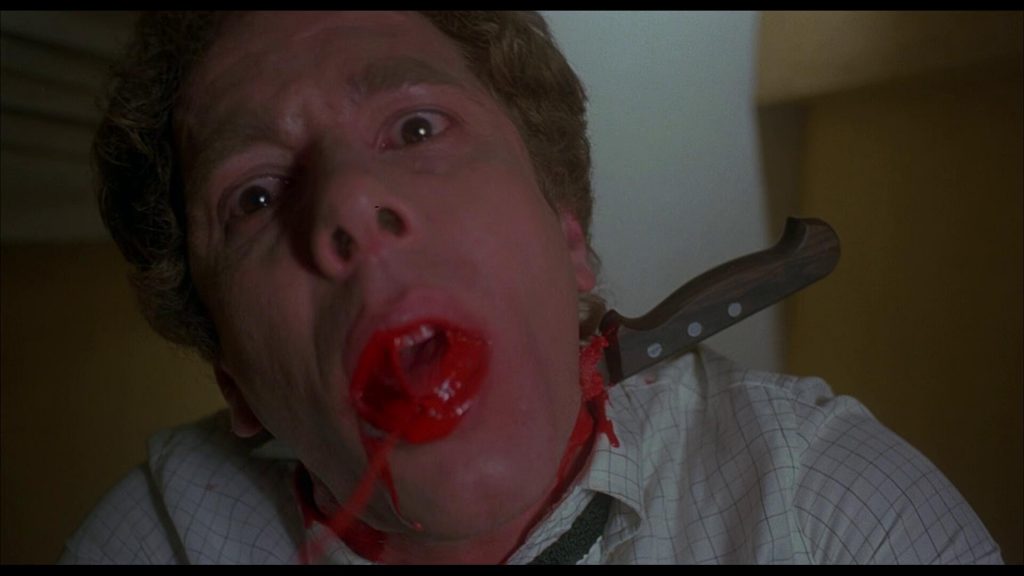
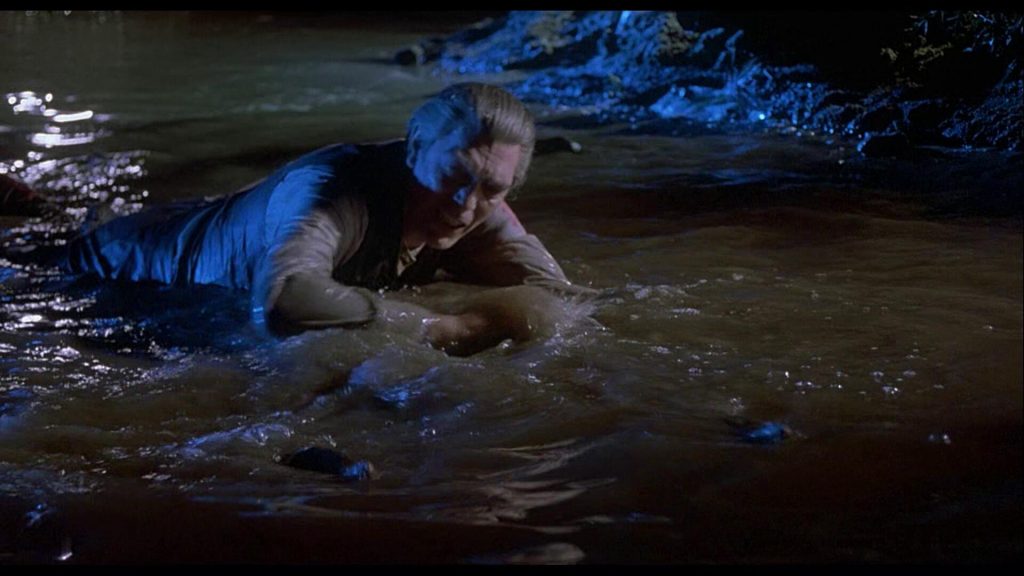
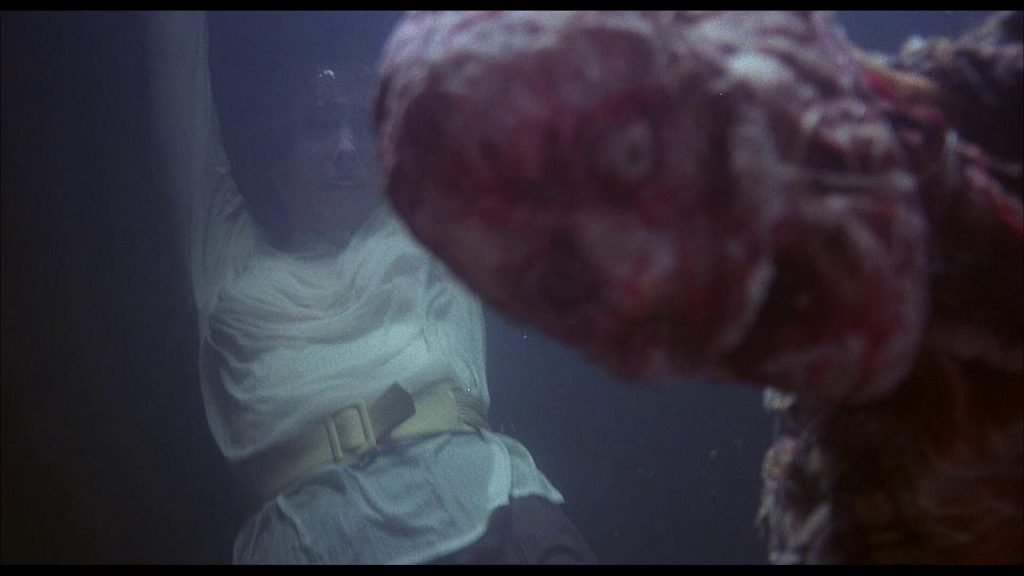
Ultimately, Inferno stands as a testament to Argento’s enduring influence on horror cinema. Its exploration of themes such as obsession, madness, and the supernatural remains thought-provoking, even if the narrative doesn’t quite live up to its full potential. As a standalone film or part of the larger Suspiria trilogy, Inferno is an essential viewing experience that will leave fans of horror and cinema in awe of Argento’s skillful craftsmanship.
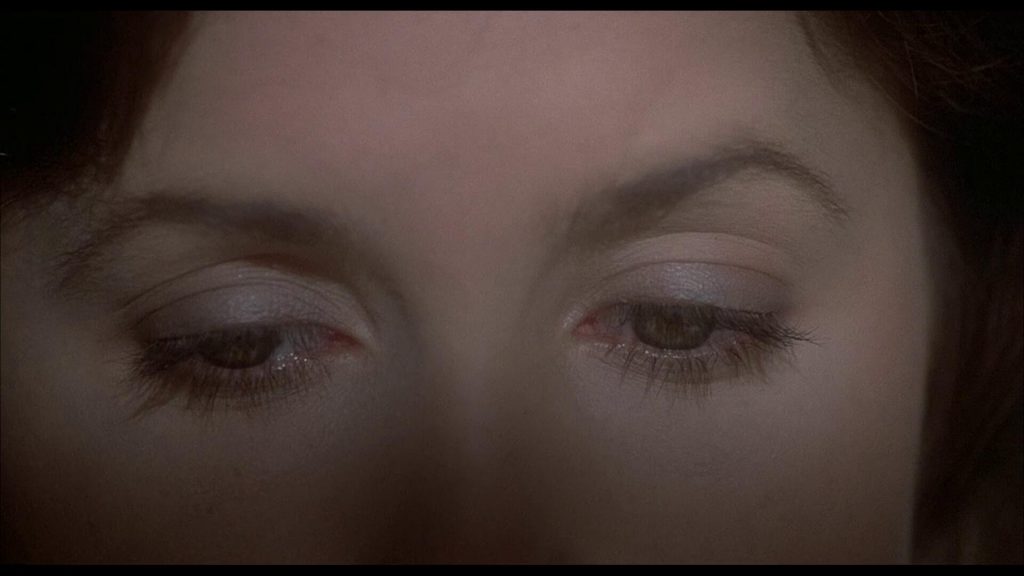

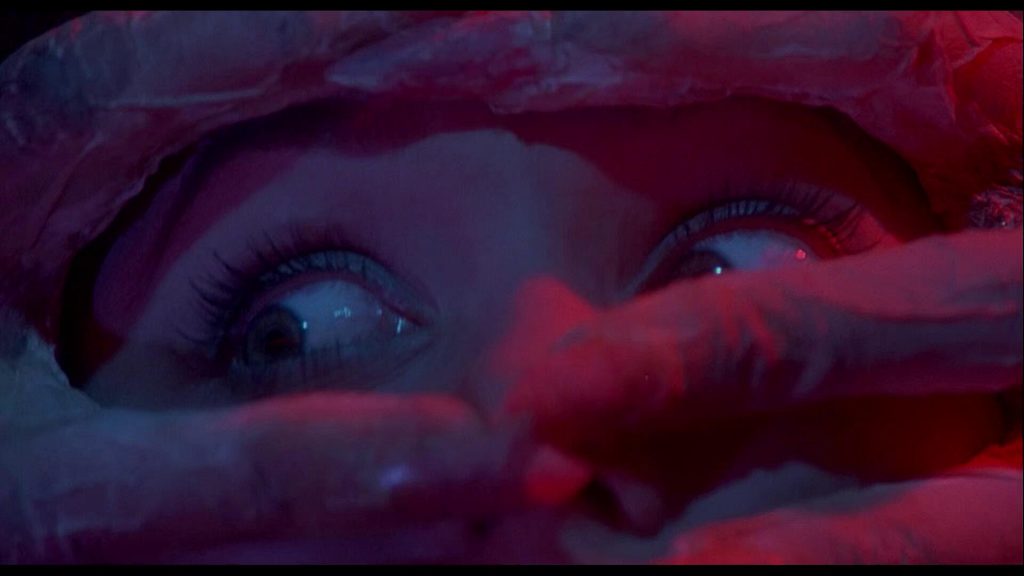
While it may not be the strongest entry in the series, Inferno is an essential viewing experience that will appeal to enthusiasts of Argento and the horror genre or for fans of horror cinema, particularly those who appreciate atmospheric, visually stunning films. I may have a soft spot for Inferno as it was my first experience of an Argento movie and captivated me instantly, but upon re-examining it, I’ve come to appreciate its strengths and weaknesses.
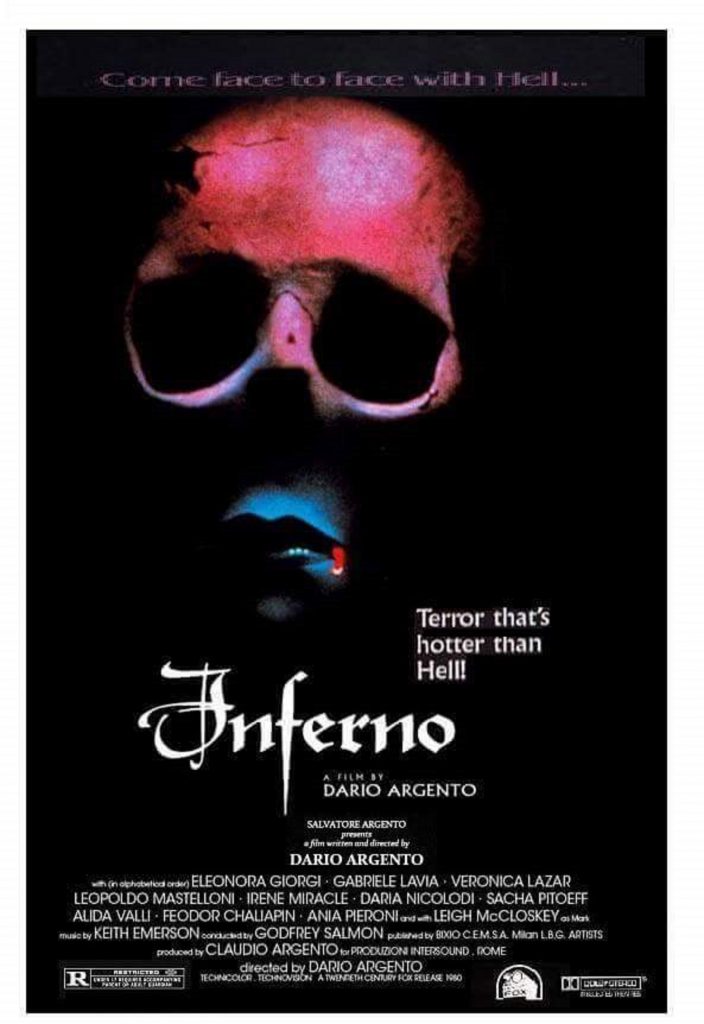
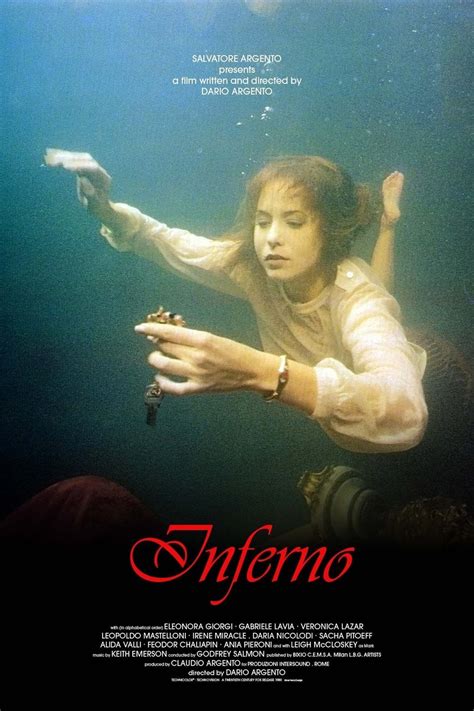



Inferno has been released on Blu-ray multiple times, with the Arrow Video release often considered the best. This particular Arrow edition is now out-of-print and can command high prices on eBay.
The film is currently owned by Disney, making a 4K release unlikely in the near future.
Dicks.
